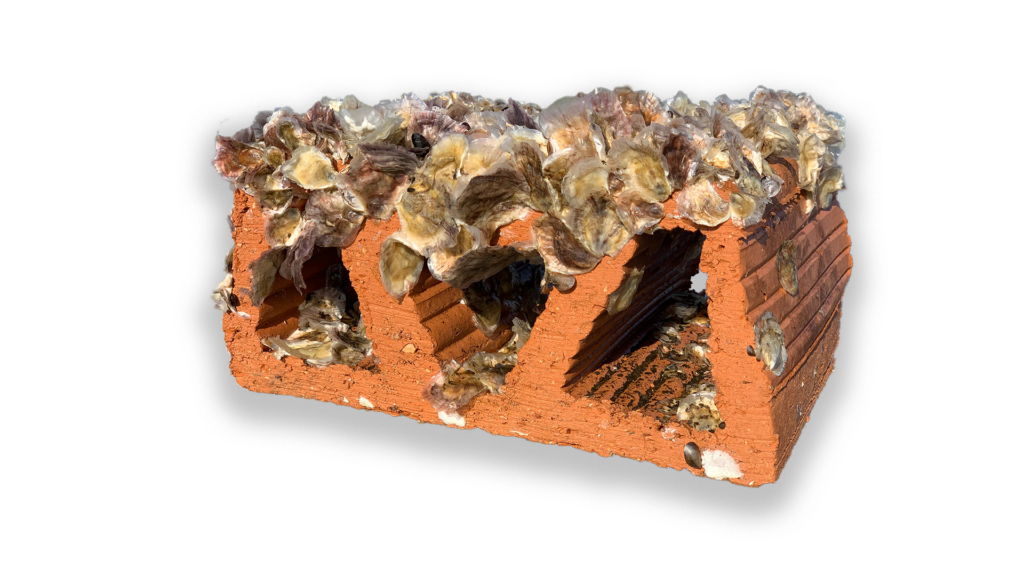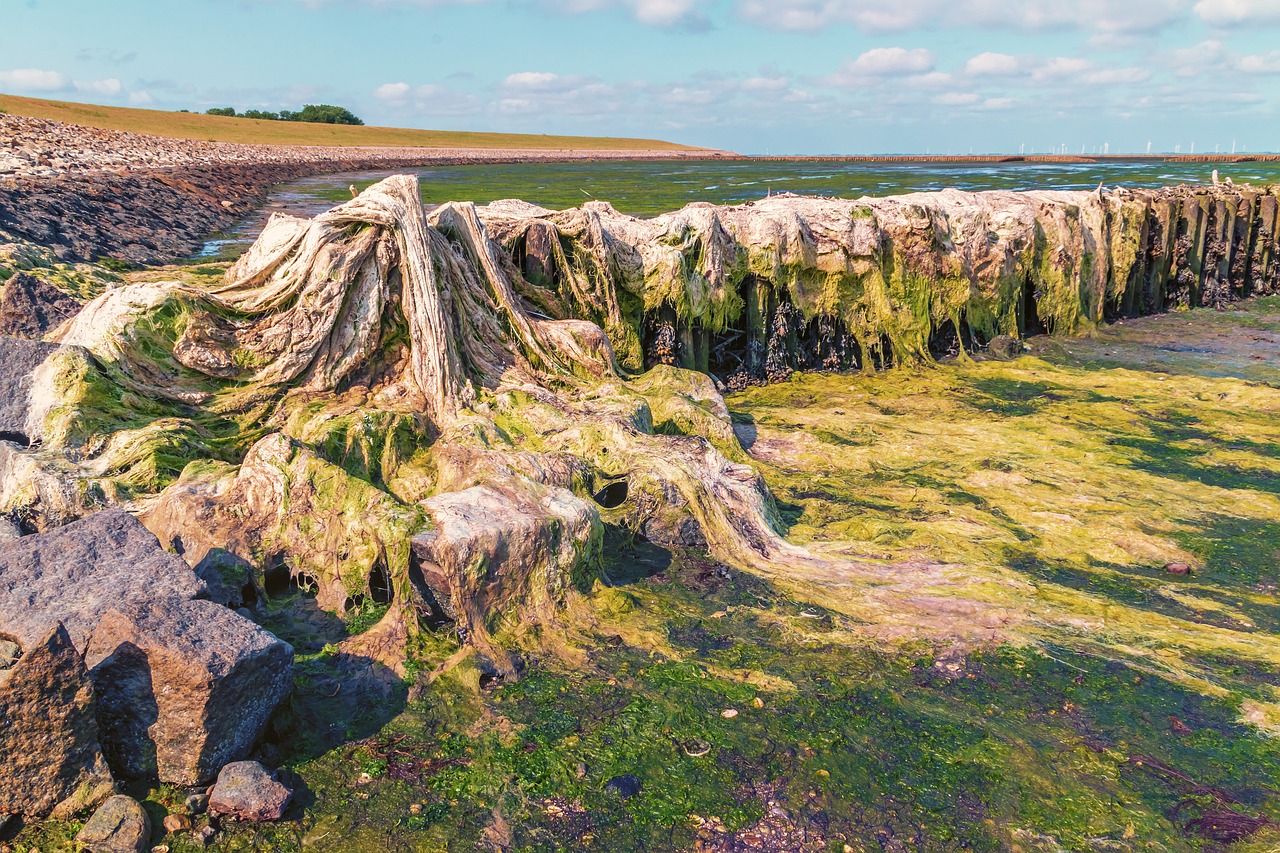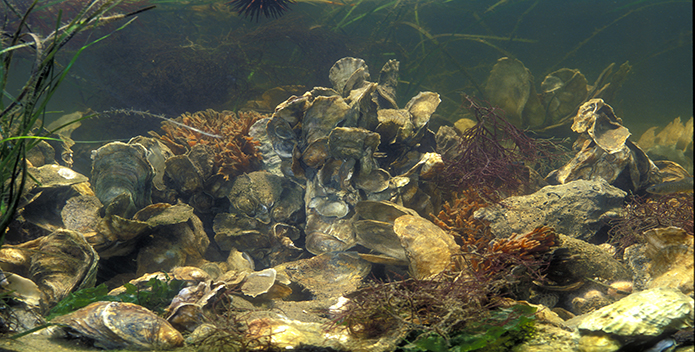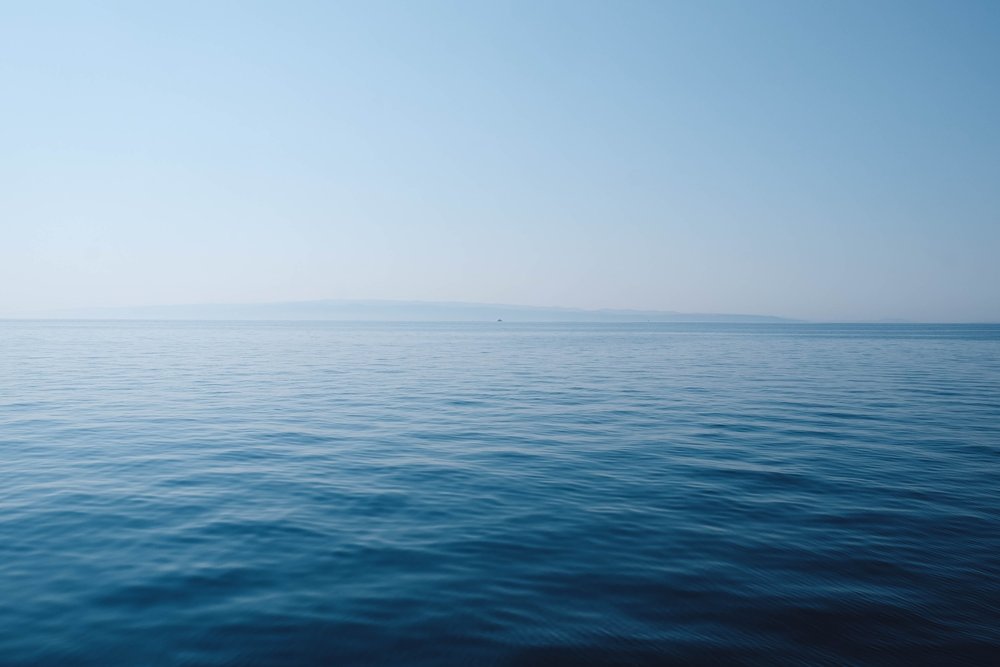
Marine regeneration is an essential mission aimed at restoring our oceans back into the productive and healthy ecosystems they once were. Among the many challenges faced by conservationists, one concept that often quietly impacts efforts is the ‘shifting baseline syndrome’, first considered by fisheries scientist Daniel Pauly. This term refers to a phenomenon where each generation of scientists and ocean users accepts the condition of the environment they first encounter as the norm, or baseline, even though this baseline may have already been significantly degraded compared to previous generations.

Imagine a pristine oyster reef teeming with diverse marine life in clean, clear waters. Over time, due to unsustainable harvesting, pollution, climate change, and diseases, this reef becomes depleted and less diverse. A marine biologist in the 1970s might recognise this degradation and set a conservation goal to restore it to its previous state.
Fast forward to the 2020s, a new generation of scientists might study the same, now even more degraded reef, and perceive its current state as the baseline. This generational shift in perception leads to a gradual acceptance of environmental degradation as normal, undermining conservation efforts by continually lowering the standards for what is considered a healthy ecosystem.
Data on long-term ecosystem changes is sparse. Therefore, examining historical records is crucial to understanding these shifts. A famous study from 2009 analysed the size of trophy fish caught in the Florida Keys by comparing photos taken between 1956 and 2007. The study revealed significant changes in the species, size, and abundance of the fish over time. The average fish size decreased from approximately 19.9 kg to 2.3 kg. From 1956 to 1960, the catches were dominated by large groupers and other large predatory fish, including sharks averaging just under 2 metres in length. By 2007, the landings were primarily composed of small snappers.
Despite the sharp decrease in catches, these fishing trips remained popular, and the price per trip stayed the same, indicating that people have forgotten the original pristine state of the ecosystems and now accept the deteriorated ecosystem as the norm.
Photo comparison from McClenachan’s research paper on loss of tropic fish in Florida Keys (Conservation Biology, 2009).
Shifting baselines pose a significant challenge for marine conservation in several ways:
Loss of Historical Reference: Without accurate historical data, it’s difficult to understand the full extent of environmental degradation and set ambitious restoration targets. For example, oyster reefs once played a crucial role in filtering water and providing habitats to hundreds of other species, but overharvesting and pollution have drastically reduced their populations. If conservation efforts are based on already depleted baselines, the goals may fall short of what is needed to truly revive these ecosystems.
Reduced Ambition: Conservation efforts might aim to restore ecosystems to a state that is already compromised, rather than striving for the original, healthier conditions. This can result in less resilient and less diverse ecosystems, which are more vulnerable to future stresses.
Policy and Management: Policymakers rely on scientific assessments to make decisions. If these assessments are based on shifted baselines, policies may fail to address the root causes of degradation or may set insufficient targets for restoration and protection.
Rewilding, the process of restoring ecosystems to their natural, unexploited states, is closely related to addressing the issue of shifting baselines. By reintroducing key species and revitalising natural processes, rewilding aims to recover ecosystems to a state closer to their historical norms before significant human interference. This approach sets restoration targets based on historical, pre-degradation conditions. By focusing on historical benchmarks, rewilding can help restore biodiversity and ecosystem function, pushing back against the lowered expectations imposed by shifting baselines. This long-term approach not only aims to heal damaged ecosystems but also educates and inspires society to recognise and set goals that create a truly healthy and thriving natural world.


Make a measurable difference for the ocean today.
You can now adopt a Mother Reef and help restore 100 oysters!

